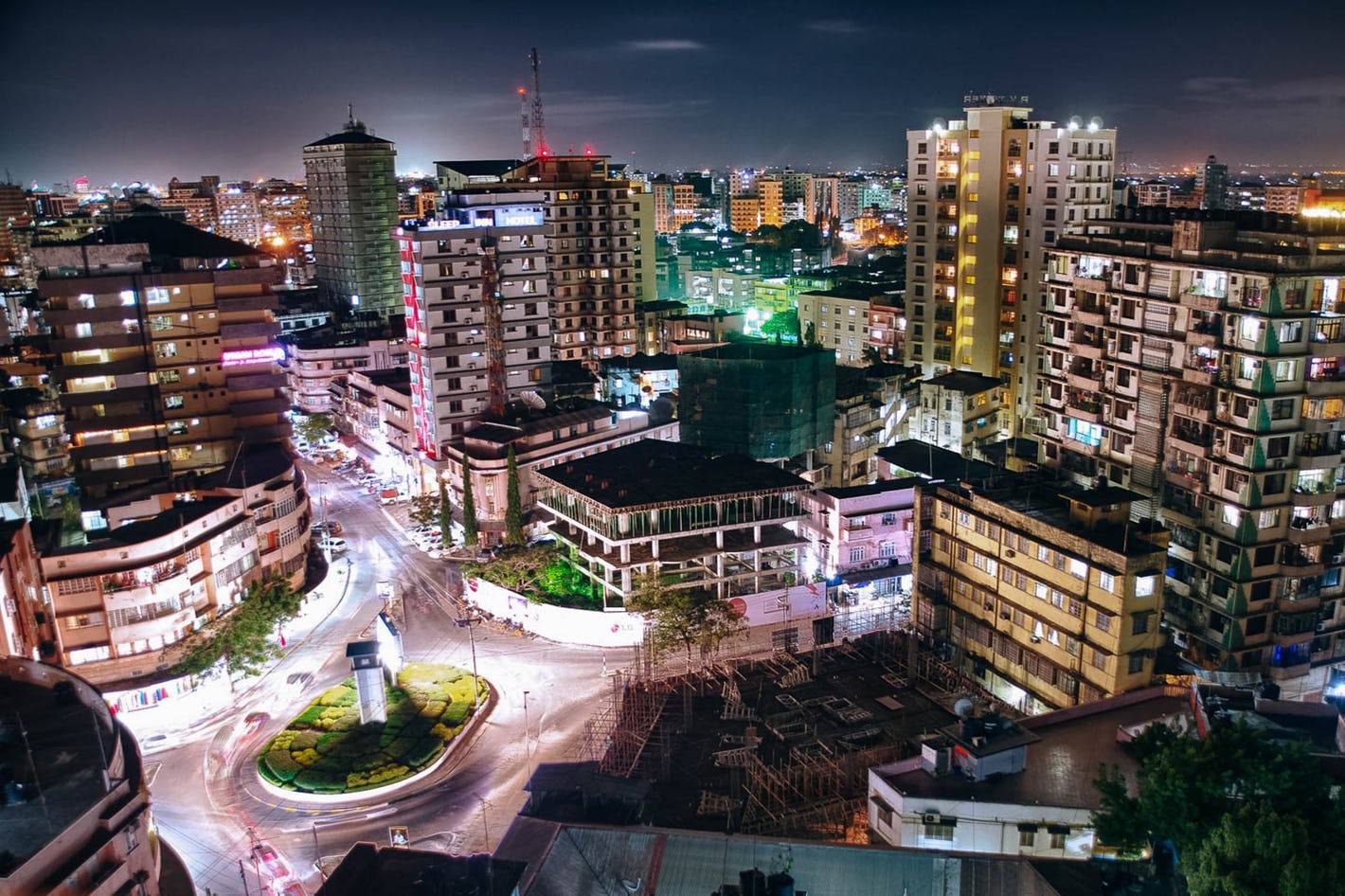Tanzania Retains Top Position As The Most Peaceful Country In East Africa

According to Global Peace Index (GPI) 2019 report, Tanzania remains the most peaceful country in the East African region and Seventh most peaceful in Sub-Sahara Africa.
Despite being top in the region, the John Magufuli-led country dropped two places to 54th in the 2019 global peace index that ranked Iceland, New Zealand, Portugal, Austria, Denmark, Canada, Singapore, Slovenia, Japan and Czech Republic as the most peaceful nations.
The study released by Australia-based Institute for Economic and Peace (IEP) named Rwanda as one of the countries with the most significant improvement in regards to peace having rose 24 places to 79th. The self-proclaimed economic lion ranks second in the EAC region but occupies the 17th slot in the Sub-Sahara region.
Uganda’s 105th place in the global ranking places it in the “medium” state of peace category. It however emerged third in the EAC bloc and 23rd in sub-Saharan Africa. Burundi and Kenya remained in the “low” state of peace category. Rwanda and Burundi lagged behind remaining in the “low” state of peace category.
Countries that emerged the most peaceful in Sub-Saharan Africa according to the GPI report are Mauritius, Botswana, Malawi, Ghana, Zambia and Sierra Leone. The least peaceful nations on the other hand include Burundi, Chad, Cameroon, Mali, Nigeria, DR-Congo, Central African Republic, Somalia and South Sudan.
No African country appeared in the top 13 countries ranked “very high” on state of peacefulness.
“The Global Peace Index 2019 shows a world in which conflicts and crises that emerged in the past decade have begun to abate, but new tensions within and between nations have emerged,” said the report authors.
The findings however depicts that the average level of global peace has improved. “This is the first time the index has improved in five years. The average country score improved by 0.09 percent, with 86 countries improving,” a part of the report read.
The Global Peace Index report that is released every year is considered the world’s leading measure of global peacefulness.
The Institution calculates data by considering “levels of societal safety and security, the extent of ongoing domestic and international conflict, and the degree of militarization.” It uses a wide variety of qualitative and quantitative indicators to make analysis of peace levels in several societal and economic contexts. The GPI also measures “the absence of violence or fear of violence,” called negative peace, with “the attitudes, institutions, and structures that create and sustain peaceful societies.
Featured Image Courtesy: Timbuktu Travel